-
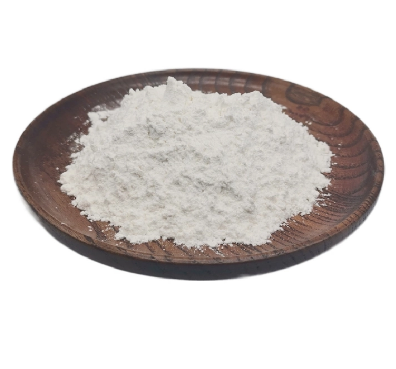
L-Lactate dehydrogenase CAS:9001-60-9
L-Lactate dehydrogenase (LDH) is an enzyme that plays a crucial role in cellular energy metabolism, specifically in the conversion of pyruvate to lactate. It catalyzes the reversible conversion of L-lactate to pyruvate, utilizing NAD+ as a cofactor.
LDH is found in various tissues of the body, including the liver, heart, muscles, and red blood cells. Its activity levels can serve as a diagnostic marker for certain diseases, such as liver damage, myocardial infarction, and some types of cancer.
The main function of LDH is to maintain the balance of cellular energy by facilitating the conversion of pyruvate, a product of glycolysis, into lactate. This process, known as anaerobic glycolysis, occurs in the absence of oxygen and allows cells to continue generating energy when oxygen supply is limited.
-

Reductase, glutathione CAS:9001-48-3
Glutathione reductase is an enzyme that plays a crucial role in maintaining the balance of reduced and oxidized glutathione (GSH/GSSG) in cells. Glutathione is a tripeptide composed of the amino acids glycine, cysteine, and glutamate. It acts as a major cellular antioxidant and is involved in various cellular processes, including detoxification, DNA synthesis and repair, and protein synthesis.
Glutathione reductase catalyzes the reduction of oxidized glutathione (GSSG) to its reduced form (GSH) by utilizing NADPH (nicotinamide adenine dinucleotide phosphate) as a cofactor. This reaction is essential for maintaining the reduced state of glutathione in cells, as GSSG can accumulate in the presence of oxidative stress.
By maintaining the proper ratio of GSH to GSSG, glutathione reductase helps to protect cells from oxidative damage caused by reactive oxygen species (ROS) and other harmful molecules. It acts as a key player in the antioxidant defense system of cells.
Moreover, glutathione reductase is also involved in recycling glutathione disulfide (GSSG) produced during various metabolic processes, ensuring the availability of reduced glutathione (GSH) for its numerous cellular functions.
-
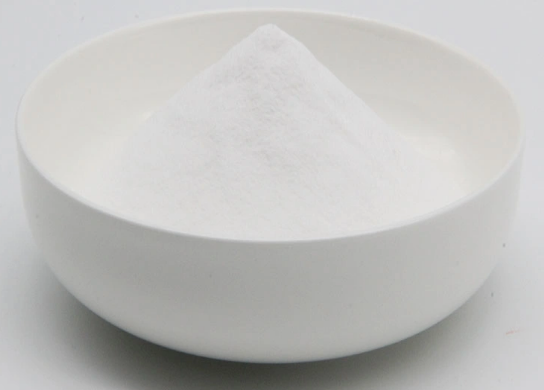
Leupeptin hemisulfate CAS:103476-89-7
Leupeptin hemisulfate is a protease inhibitor that is commonly used in biochemical and biomedical research. It is derived from Streptomyces bacteria and works by inhibiting the activity of various proteases, including trypsin, chymotrypsin, and plasmin.
Leupeptin hemisulfate is often used in laboratory experiments to prevent unwanted protein degradation, as proteases can degrade proteins and peptides, affecting experimental results. By inhibiting protease activity, leupeptin hemisulfate helps to stabilize proteins and maintain their integrity during experiments.
Additionally, leupeptin hemisulfate has been used in cell culture studies to investigate the roles of proteases in various cellular processes, such as cell signaling, apoptosis, and protein turnover.
-
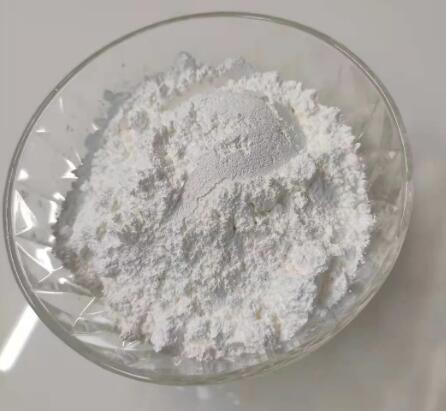
Beta-Amylase CAS:9000-91-3 Manufacturer Price
Beta-amylase is an enzyme that plays a crucial role in carbohydrate metabolism, specifically in the breakdown or hydrolysis of starch molecules. It catalyzes the cleavage of α-1,4-glycosidic bonds in the starch, releasing maltose and a smaller unit called a limit dextrin.
This enzyme is produced in various organisms, including plants, bacteria, and fungi, and is commonly used in industries such as brewing, baking, and biofuel production.
In brewing, beta-amylase plays a vital role in the conversion of starches in malted grains to fermentable sugars during the mashing process, contributing to the production of alcohol by yeast. In baking, it helps to break down starches into sugars, contributing to the browning and flavor development of the baked goods. In biofuel production, beta-amylase is utilized in the hydrolysis of starch-based biomass to obtain fermentable sugars used for ethanol production.
-
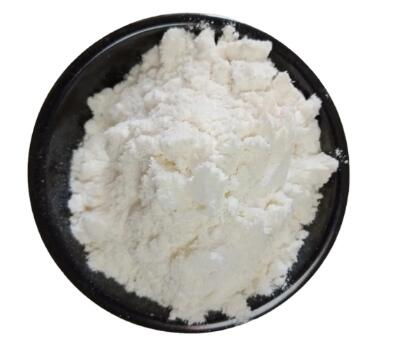
Carboxypeptidase,dipeptidyl, A CAS:9015-82-1
Carboxypeptidase is an enzyme that catalyzes the hydrolysis (breakdown) of peptide bonds at the carboxyl (C-terminal) end of peptides and proteins. It helps in the digestion and processing of proteins by cleaving off individual amino acids from the end of a peptide chain. Carboxypeptidases are classified into two types: exopeptidases, which remove amino acids one at a time from the C-terminal end, and endopeptidases, which cleave peptide bonds within the peptide chain. These enzymes play important roles in various biological processes, including protein metabolism, regulation of hormones, and enzymatic activity regulation.
-

Coenzyme A sodium salt hydrate CAS:55672-92-9
Coenzyme A sodium salt hydrate is a water-soluble form of Coenzyme A (CoA), a vital coenzyme involved in various metabolic pathways. It plays a key role in the breakdown of fats, carbohydrates, and proteins, as well as in the synthesis of important molecules such as fatty acids and cholesterol. Coenzyme A sodium salt hydrate is commonly used in biochemical and pharmaceutical research as a supplement to study cellular metabolism and related processes.
-

Dextranase from paecilomyces lilacinus CAS:9025-70-1
Dextranase from Paecilomyces lilacinus is an enzyme produced by the fungus Paecilomyces lilacinus. Dextranase is responsible for the hydrolysis of dextran, a complex carbohydrate composed of glucose molecules linked together.
The enzyme dextranase breaks down the dextran polymer into smaller, more easily metabolized sugar molecules. This ability to break down dextran makes dextranase useful in various industries and applications.
In the food industry, dextranase is used to improve the quality and shelf life of certain food products. It can be used to prevent the formation of undesirable textures, such as slimy or viscous textures, caused by dextran in food products. By breaking down dextran, dextranase helps to maintain the desired texture and enhances the overall quality of the food.
-
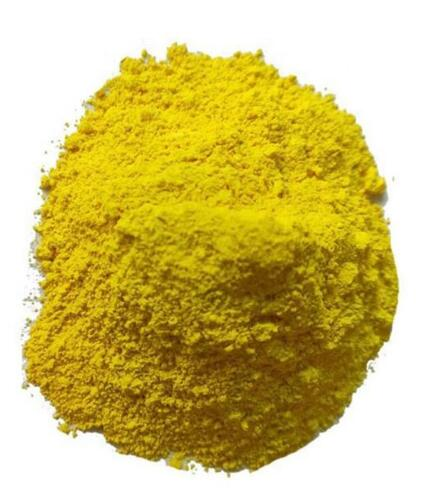
BROMELAIN FROM PINEAPPLE STEM CAS:37189-34-7
Bromelain is a mixture of enzymes derived from the stem of the pineapple plant (Ananas comosus). It is primarily composed of proteases, which are enzymes that break down proteins. Bromelain has been used for centuries in traditional medicine as a natural remedy for various health conditions.
Due to its protein-digesting properties, bromelain is often used as a digestive aid, helping to improve the breakdown and absorption of proteins in the digestive system. It has also been studied for its anti-inflammatory effects and potential benefits for reducing swelling, bruising, and pain.
In addition to its digestive and anti-inflammatory properties, bromelain has been investigated for its potential in various other therapeutic applications, including wound healing, immune system support, and respiratory health.
-
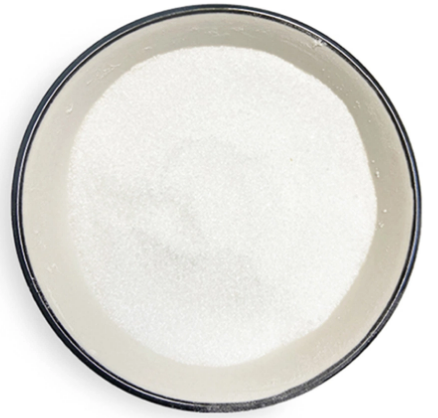
Calpain Inhibitor IV CAS:133407-82-6
Calpain Inhibitor IV is a type of drug that specifically targets and inhibits the activity of the enzyme calpain. Calpain is a calcium-dependent protease enzyme that plays a role in various cellular processes, including cell signaling, apoptosis, and cytoskeletal remodeling.
By inhibiting calpain, Calpain Inhibitor IV helps prevent the excessive and uncontrolled activation of this enzyme, which can lead to cellular damage and dysfunction. This inhibition can be beneficial in conditions where calpain overactivity is implicated, such as neurodegenerative disorders like Alzheimer’s and Parkinson’s diseases, ischemic injury, or muscle degeneration conditions.
-
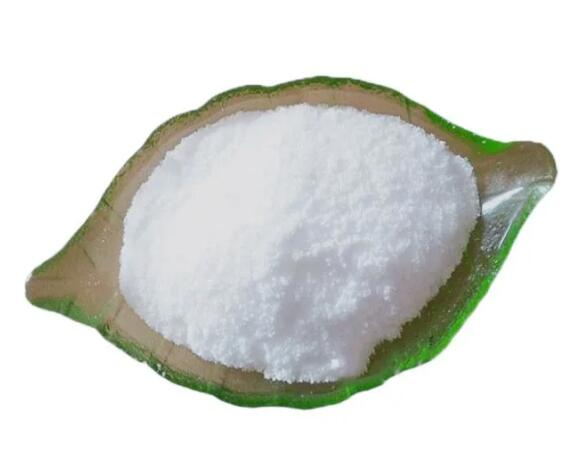
Carboxypeptidase B CAS:9025-24-5
Carboxypeptidase B is an enzyme that plays a crucial role in protein digestion and metabolism. Specifically, it catalyzes the hydrolysis of peptide bonds at the C-terminal end of proteins, resulting in the removal of individual amino acids.
Carboxypeptidase B is highly specific for basic amino acids, such as lysine and arginine, and is particularly effective in cleaving these residues. It is commonly found in pancreatic secretions and is involved in the final stage of protein digestion in the small intestine.
This enzyme is also utilized in various laboratory applications, including protein sequencing, peptide synthesis, and protein analysis. The ability of carboxypeptidase B to specifically cleave the C-terminal amino acids of proteins makes it a valuable tool for studying protein structure and function.
-

Zinc Picolinate CAS:17949-65-4 Manufacturer Supplier
Zinc picolinate is an organic zinc supplement wherein zinc atom is attached to a picolinic acid molecule. Studies have also suggested that zinc supplements may reduce the incidence of respiratory infections in children. A number of zinc supplements are available, including zinc acetate, zinc gluconate, zinc picolinate, and zinc sulfate. Zinc picolinate is a highly available form of zinc supplement, easily dissolved to release the elemental zinc for use in the body. Surprisingly, although Zinc picolinate is widely used as a supplement with greater bioavailability claims, there are very few scientific studies to back this claim.
-

Vitamin B7 (Vitamin H/D-Biotin) CAS:58-85-5 Manufacturer Supplier
D-Biotin is necessary for cell growth, the production of fatty acids, and the metabolism of fatsandamino acids. It plays a role in the citric acid cycle, which is the process by which biochemical energy is generated during aerobic respiration. Biotin not only assists in various metabolic reactions but also helps to transfer carbon dioxide. Biotin may also be helpful in maintaining a steady blood sugar level.

